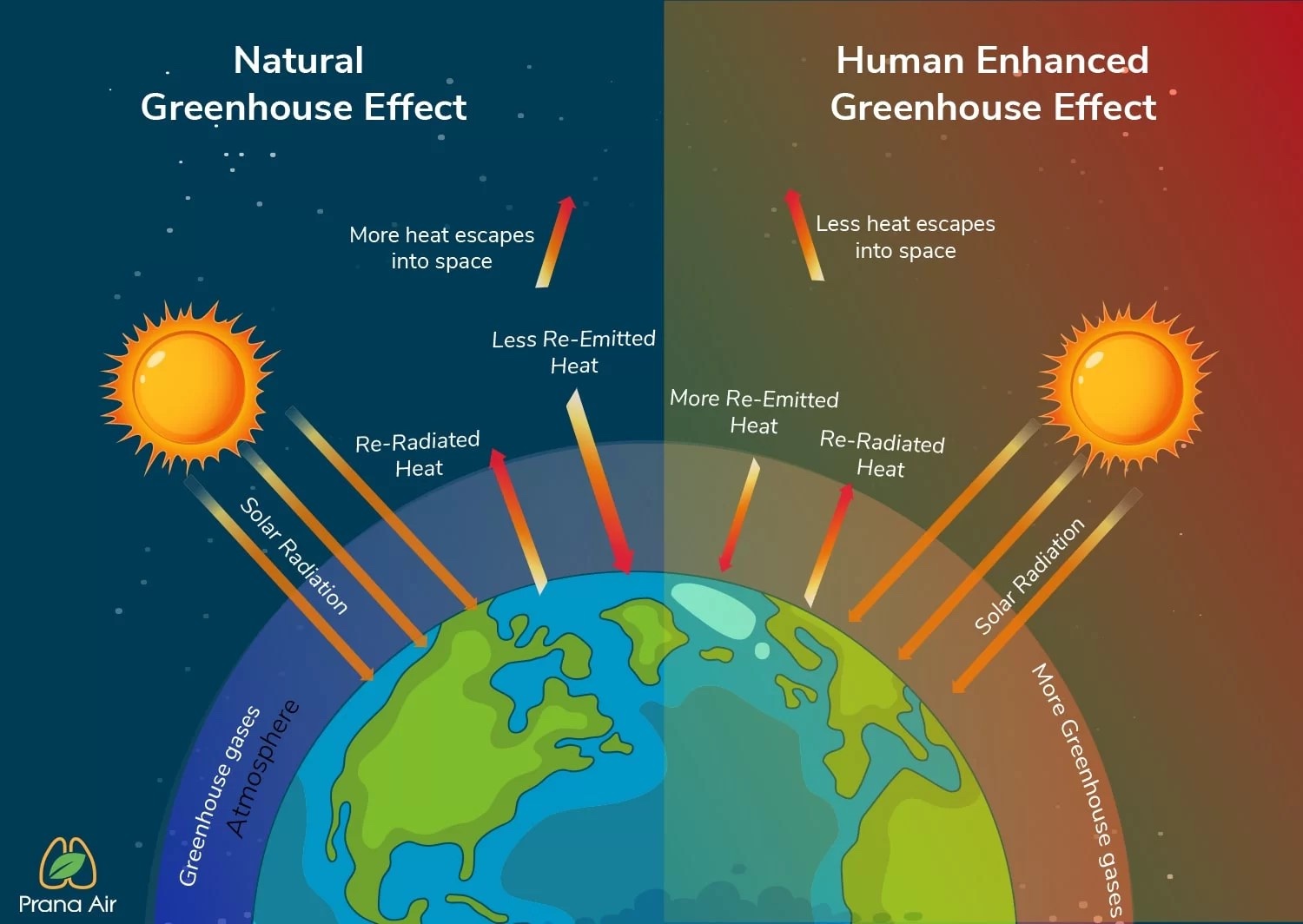It’s the most talked about greenhouse gas (#GHG) and the basis of life on earth.
But what are we talking about when we talk about carbon in the scope of #climate #change?
At room temperature, Carbon is an element that exists commonly as diamond, graphite, or graphene in its solid form. As a gas, it most commonly exists as CO2.

 For the #sustainability context, Carbon usually refers to Carbon Dioxide (CO2) – a gas that comes from both natural (animals breathing, volcanoes) and unnatural sources (primarily the burning of fossil fuels). These gases are regulated by the carbon cycle, where the earth #sequesters (captures) carbon through methods such as photosynthesis in plants and absorption by oceans.
For the #sustainability context, Carbon usually refers to Carbon Dioxide (CO2) – a gas that comes from both natural (animals breathing, volcanoes) and unnatural sources (primarily the burning of fossil fuels). These gases are regulated by the carbon cycle, where the earth #sequesters (captures) carbon through methods such as photosynthesis in plants and absorption by oceans.
When #CO2 enters our air, it acts like glass barrier surrounding our planet. Heat radiated from the sun enters our atmosphere and gets trapped within it, warming the earth and the lower atmosphere excessively – like in a glass #greenhouse (hence the term).
Of course, other gases can have this effect as well and #carbon is simply the most concentrated in the atmosphere. They include Methane (CH4), Nitrous oxide (N2O), Hydrofluorocarbons (HFCs), Perfluorocarbons (PFCs), Sulphur hexafluoride (SF6), Nitrogen trifluoride (NF3).
Each gas is rated for its contribution to the global warming effect by its #Global #Warming #Potential (GWP). CO2 is the baseline gas for the #GWP scale and has a rating of 1.
The most potent greenhouse gas is Sulphur Hexafluoride (SF6). It has a GWP of ~23,500, meaning that 1 kg of SF6 has the same global warming impact as 23,500 kg of CO2 over a 100-year period.
Photo Credits: The Carbon Cycle – British Geological Survey ©UKRI; Natural vs Enhanced Greenhouse Effect – PranaAir, 2021






Leave A Comment